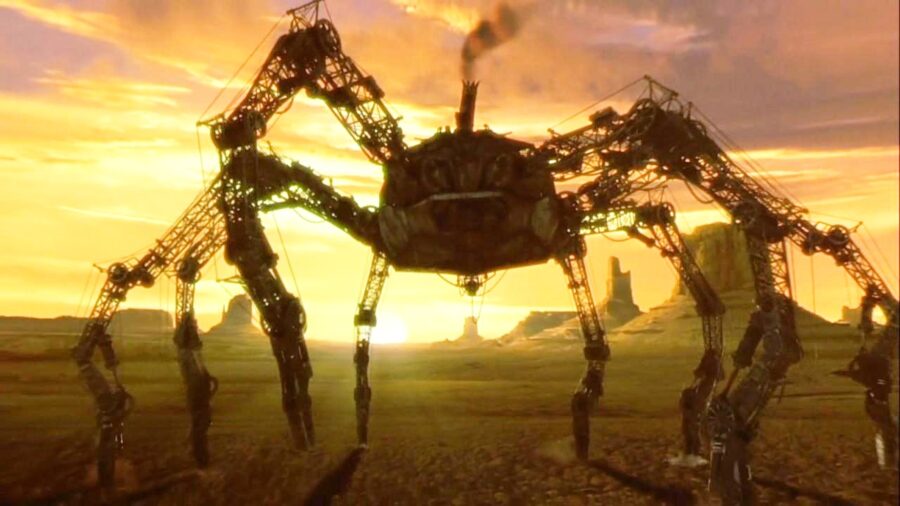Dead Spiders Have Been Turned Into Necrobots
Science can perform miracles, but would you really describe turning dead spiders into necrobots a "miracle?"

You can learn a lot from movies. Viewers can get a grasp (albeit often exaggerated) of historical events such as the sinking of the Titanic or the Roman Colosseum. You can pick up tips on how to process emotions or deal with stress. Movies serve as a great social commentary on who we are and where we come from. They can also teach us what can happen when we play around with nature. Movies that deal with the consequences of scientific experiments with good intentions that have gone wrong, and the people of Rice University don’t seem to have seen any of them, as they have succeeded at a combination of two things movies warn us about and turned dead spiders into necrobots.
A team of researchers at the George R. Brown School of Engineering at Rice University in Texas succeeded at turning dead spiders into necrobot grippers able to lift 130% of their body weight. It is the first step in their attempt to make progress in necrobotics, essentially using science to replicate the natural abilities of animals in nature. The researchers used the flexor muscles spiders have that use hydraulic pressure to extend and curl their legs by blowing air into the deceased spider, replicating the hydraulic pressure.
Faye Yap, a mechanical engineer at Rice University and leader of this study, told the Daily Beast in an email that the team came up with the idea after coming across a dead spider in their lab one day. When they noticed the spider’s legs curl upon death, they realized spiders don’t have muscles in their limbs the way people do but instead rely on hydraulic pressure to move things. Through necrobotics, Yap believes they can use necrobots to apply the process to repetitive tasks such as sorting or moving objects on small scales or the assembly of microelectronics.
The team replicated the movement of the spider by blowing air through a syringe into the carcass’ hydraulic chamber, causing the legs to open. Yap goes on to say that they are aware people are put off by the sight of a spider, especially a dead one, moving things around and lifting over twice their body weight. However, she believes that the movement is very interesting from an engineering standpoint and warrants a deeper look to see if necrobotics can be applied to make our lives easier.
Look, we’re all for scientific advancement and making our lives easier, but it is hard to see the reanimation of a dead spider and not start thinking about Will Smith stalking through New York City with a gun and avoiding zombies. It is difficult to see the research on spiders and not picture Peter Parker in Oscorp taking pictures and getting bitten on the hand. Zombie movies and superhero movies that use scientific accidents have done a fantastic job in the past couple of decades of creating a fear of advancement in the masses. However, the truth is that mother nature and the animal world offer a lot of inspiration around us, and the study of necrobots doesn’t shy away from using that to our advantage.












